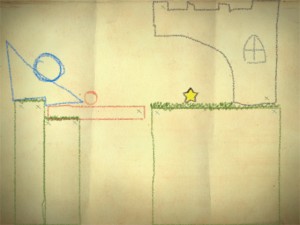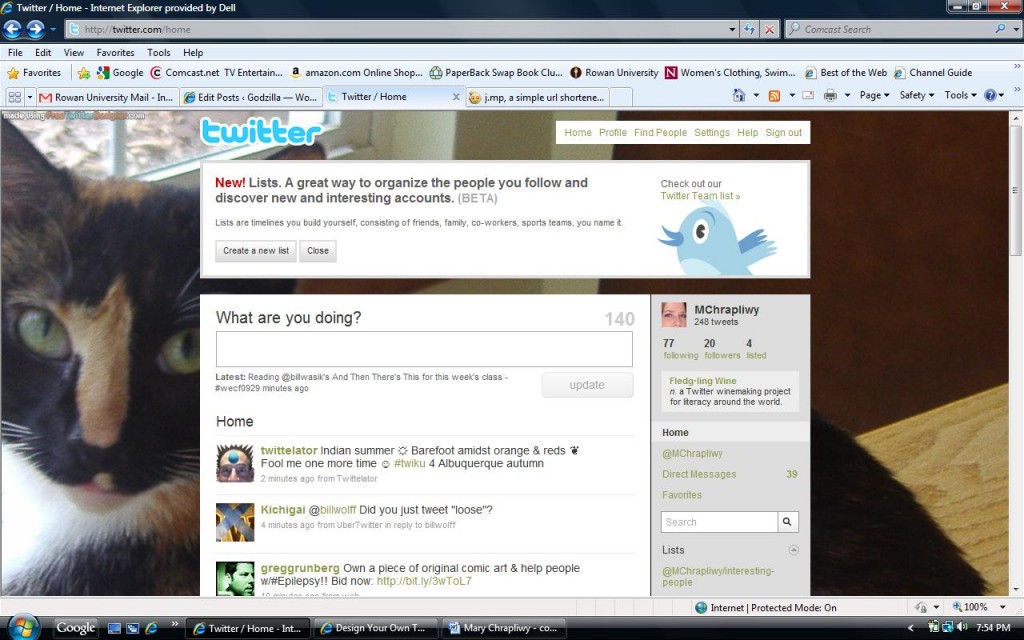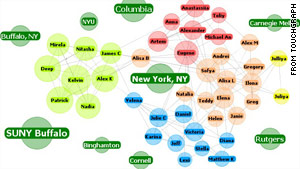Visually Impaired Man Sues Sony For Not Honoring ADA
Hello All,
I just saw this short post from kotaku.com (a videogame news site, run by Gawker Media) that cites another story from Gamespot.com that says that a visually impaired man is suing Sony for not making its virtual worlds more easily navigable for those with disabilities.
Here’s some info on a cool virtual world that shared by Clemson University and University of South Carolina- Greenville.
Essentially, the suit argues that Sony’s virtual worlds are not accessible for the visually impaired, and thus are in violation of the Americans With Disabilities Act. We know websites are must now follow guidelines that make them more easily navigable to those with disabilities. This suit is arguing that virtual worlds should follow this standard as well.
The MIT-Gambit Game Lab, an experimental game design studio in Singapore, is experimenting with making its games more accessible to those with disabilities.
But getting back to the first issue, I’m not sure how I feel. While I understand that any “public accommodations” need to be made available for people with disabilities, I wonder whether virtual worlds should be held to the same standard. In a way, it is similar to arguing that music should be made more accessible to those with hearing difficulties, or visual art should be more accessible to those with visual impairments. I am not trying to sound insensitive here. I just believe that we need to ask these kinds of questions with media of all types.
With the advent of new technologies, it is clear that many laws will need to be revised, or even re-written, to accommodate these new technologies.







Recent Comments